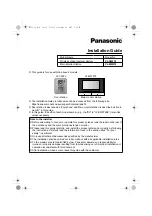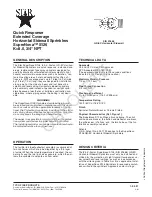
4-26
|
ni.com
Chapter 4
Analog Input
NI-DAQmx chooses the fastest conversion rate possible based on the speed of the A/D converter
and adds 10
μ
s of padding between each channel to allow for adequate settling time. This
scheme enables the channels to approximate simultaneous sampling and still allow for adequate
settling time. If the AI Sample Clock rate is too fast to allow for this 10
μ
s of padding,
NI-DAQmx chooses the conversion rate so that the AI Convert Clock pulses are evenly spaced
throughout the sample.
To explicitly specify the conversion rate, use
AI Convert Clock Rate DAQmx Timing
property
node or function.
Note
Setting the conversion rate higher than the maximum rate specified for your
device will result in errors.
Using an Internal Source
One of the following internal signals can drive AI Convert Clock:
•
AI Convert Clock Timebase (divided down)
•
Counter
n
Internal Output
A programmable internal counter divides down the AI Convert Clock Timebase to generate AI
Convert Clock. The counter is started by AI Sample Clock and continues to count down to zero,
produces an AI Convert Clock, reloads itself, and repeats the process until the sample is finished.
It then reloads itself in preparation for the next AI Sample Clock pulse.
Using an External Source
Use one of the following external signals as the source of AI Convert Clock:
•
PFI <0..15>
•
RTSI <0..7>
•
PXI_STAR
•
Analog Comparison Event (an analog trigger)
Routing AI Convert Clock Signal to an Output Terminal
You can route AI Convert Clock (as an active low signal) out to any PFI <0..15> or RTSI <0..7>
terminal.
All PFI terminals are configured as inputs by default.















































